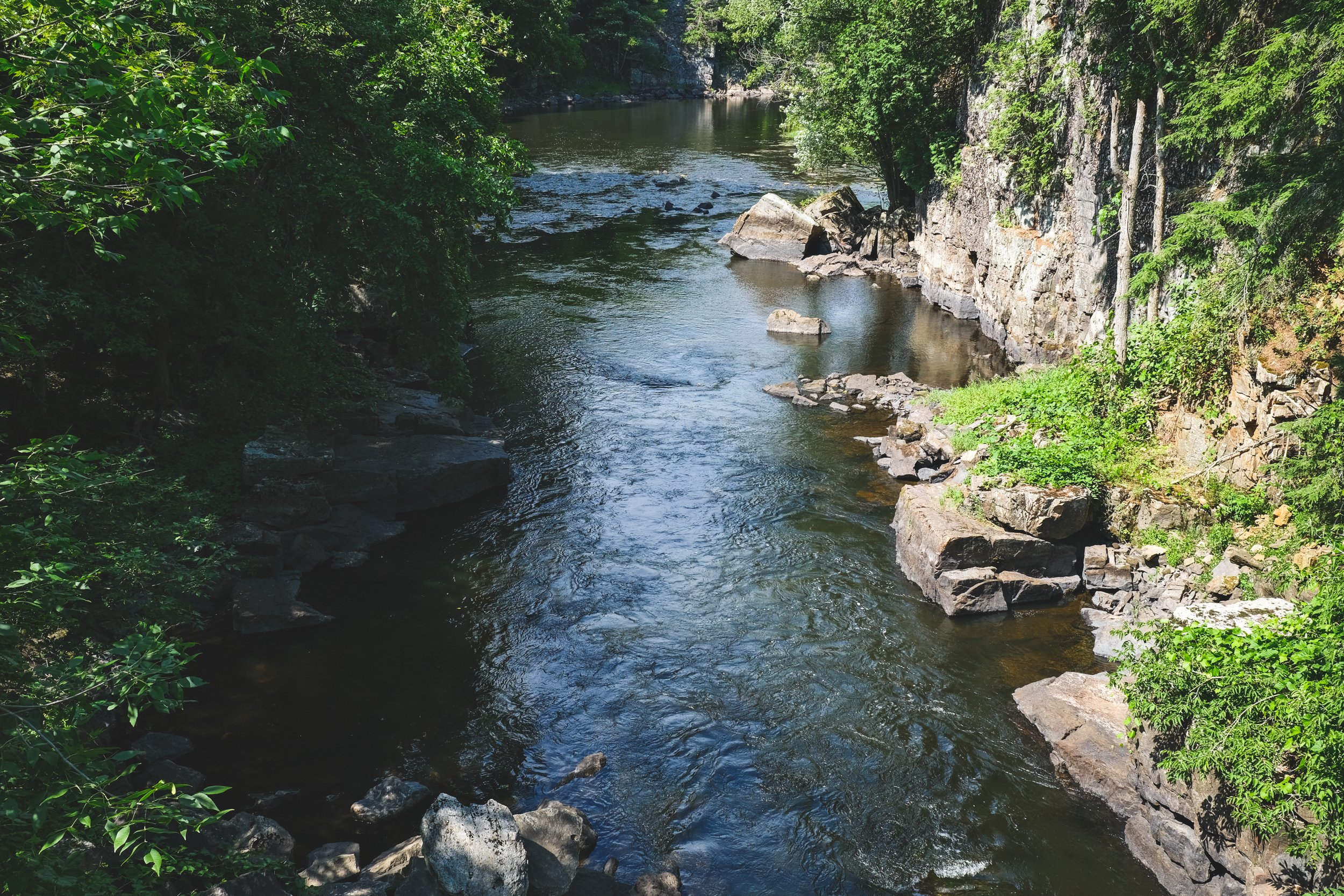Supply-side economics—sometimes called “trickle-down economics”—is built on the idea that if we cut taxes for the wealthy and big businesses, they’ll invest more in the economy, create jobs, and eventually those benefits will “trickle down” to everyone else. Sounds nice in theory, but in reality, it hasn’t worked out that way for most Americans. Time and again, these tax cuts mostly help the richest individuals and large corporations, while everyday workers see little to no benefit. Instead of boosting wages or creating tons of new jobs, the extra cash often ends up in stock buybacks, executive bonuses, or just sitting in the bank.
On top of that, supply-side policies tend to blow big holes in the federal budget. When the government collects less in taxes from the wealthy, it has less to spend on things that actually help people—like roads, schools, healthcare, and public safety. Those services get squeezed, and the burden usually falls hardest on the working and middle class. The truth is, the economy grows more when regular people have money in their pockets to spend. That drives demand, which in turn drives job growth. For these reasons, supply-side economics is not well-suited to the needs of a modern, diverse, and interconnected American economy.











































